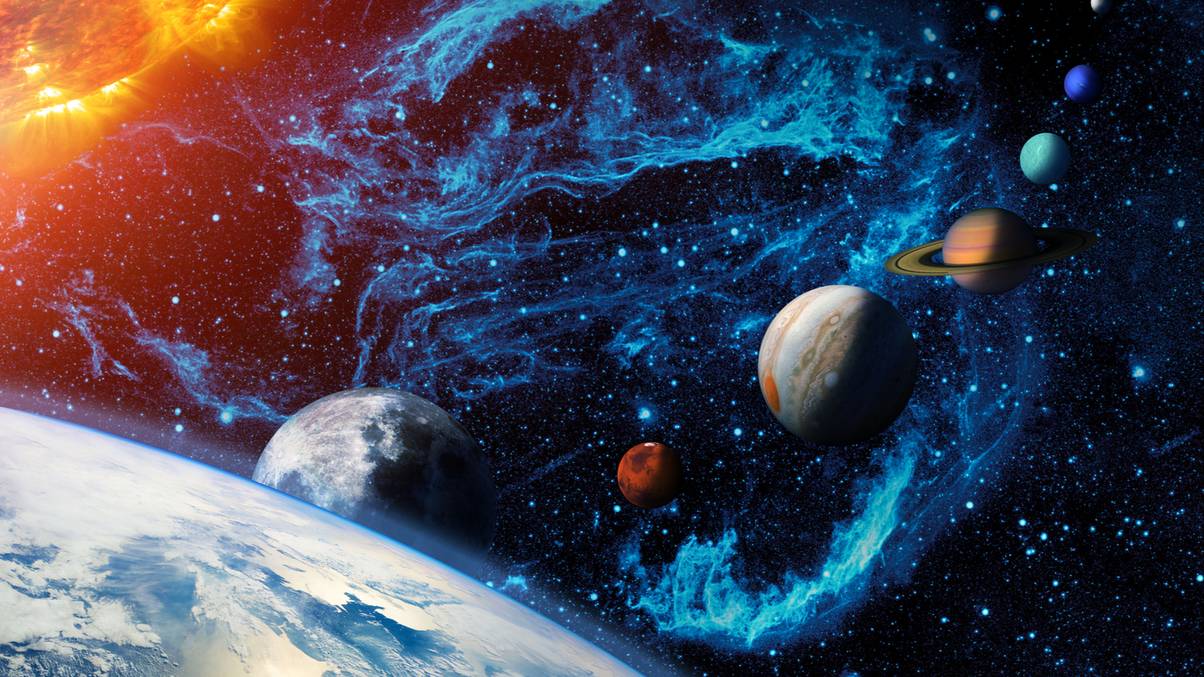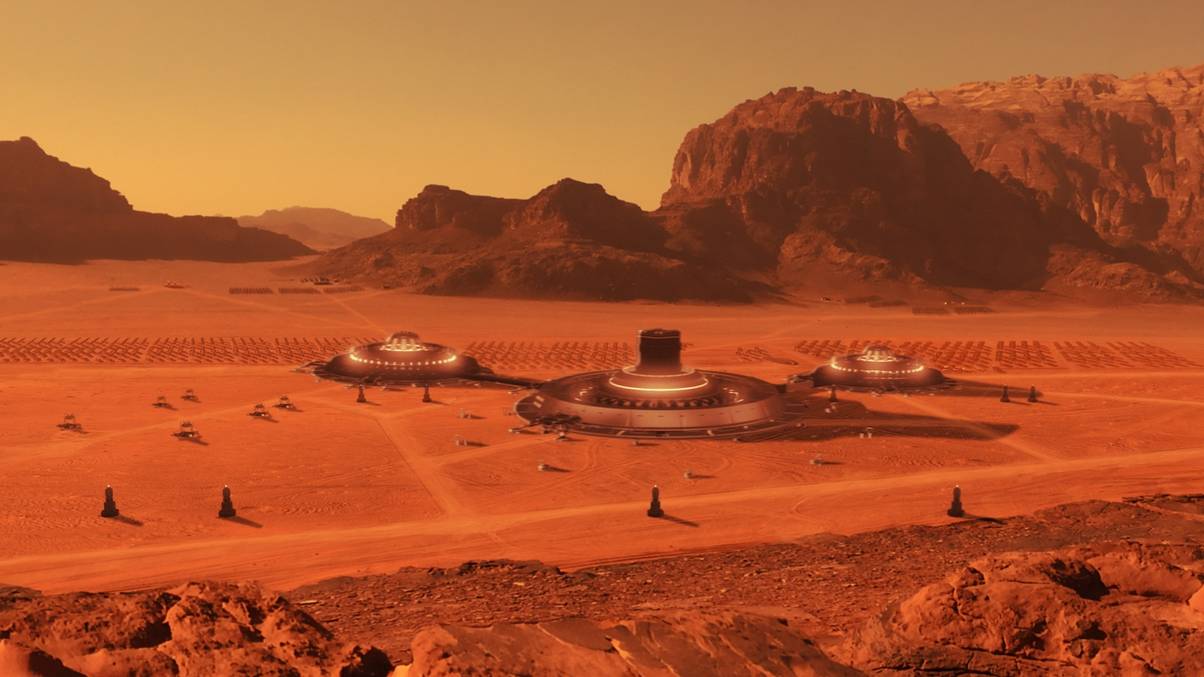Is a Mysterious Ninth Planet Hiding in Our Solar System? Scientists Say Odds Just Got Real.
So, imagine you’re whipping up a new mnemonic for the solar system—because apparently, Pluto’s friends might be hosting a new guest star way out past Neptune. Researchers over at Rice University have crunched the cosmic numbers and suggest there’s a pretty decent 40 percent chance that a hefty ninth planet—Planet Nine, or Planet X if you’re feeling extra mysterious—is lurking somewhere in the Kuiper Belt. This elusive giant could be chilling a jaw-dropping 100 times farther from the Sun than Earth, packing a mass up to ten times ours and sporting temperatures that make Antarctica look like a tropical paradise. It’s like the ultimate game of cosmic hide and seek, with planets flinging each other around like pinballs in a galactic arcade. So, could we actually need to update that classic “My Very Educated Mother…” song? Stick around, because as powerful new telescopes gear up to scan the sky, the answer might just be closer than we think. LEARN MORE
Researchers in the US have suggested there is a 40 percent chance a ninth planet could exist in our solar system.
Planet Nine, or Planet X, which will hopefully be renamed if its existence is ever 100 percent proven, is said to potentially lie beyond orbit of Neptune and dwarf planet Pluto, further out in the Kuiper Belt.
While we’ve all come to learn the pneumonic My (Mercury), Very (Venus), Educated (Earth), Mother (Mars), Just (Jupiter), Served (Saturn), Us (Uranus), Noodles (Neptune), we may soon require an updated version, if the researchers at Rice University in Texas are to be believed.
If there is a Planet Nine, it’s said to be 100 times further from the Sun than Earth, and between five and ten times the mass of our own planet.
That’s between 46.5 billion to 65.1 billion miles away from us, and temperatures could be as low as -245°C since it’s so far from the Sun.
A new study weighed up how likely it was a ninth planet was created in our solar system and ended up in the Kuiper Belt.
André Izidoro, lead author of the study and assistant professor of Earth, environmental and planetary sciences at Rice University, said: “Essentially, we’re watching pinballs in a cosmic arcade. When giant planets scatter each other through gravitational interactions, some are flung far away from their star.”
What is the new evidence that Planet Nine exists?

The current solar system, in case you forgot (Getty images)
The researchers suggest that if the timing and surrounding environments are just right, then Planet Nine could have settled in an extremely wide orbit, rather than being ejected out of the solar system completely.
“There is up to a 40 percent chance that a Planet Nine-like object could have been trapped during that time,” said Izidoro. “We’re not just increasing the odds of finding Planet Nine — we’re opening a new window into the architecture and evolution of planetary systems throughout the galaxy.”
What is the theory against Planet Nine?
It’s simpler than you might think. A paper discussing the possibility of Planet Nine first came out nine years ago, and there’s lots of scientists who’ve been spending a long time looking for it.

Technology such as this in Chile could help end the debate (ESO)
Unless it’s exceptionally good at hiding, you would think they would have found it by now.
However, we may soon have a conclusive answer, as the Vera C. Rubin Observatory in Chile will begin using the world’s most powerful camera to survey the sky later this year, hopefully ending this debate once and for all.


















